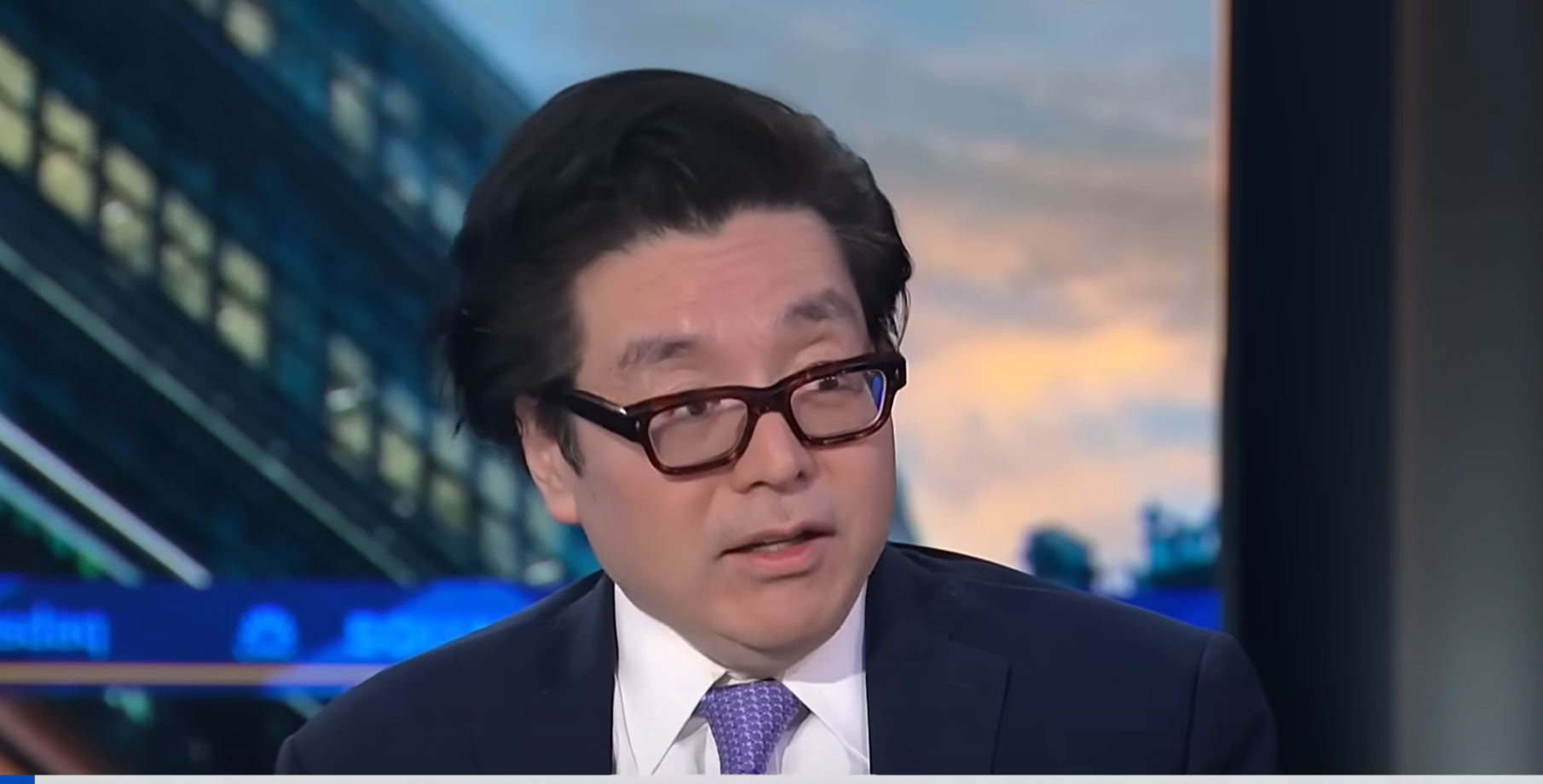ARTICLE AD
It’s been two weeks since the halving and the price of Bitcoin has not seen a sizable jump. Rather, the coin has seen significant bearish fluctuations, going below $60,000.
There is so much optimism surrounding the possibility of the price of Bitcoin (BTC) hitting a new massive All-Time High (ATH) in no distant time.
Bitcoin price has retracted significantly in the last few weeks after surpassing $73,000 in March. At the time of this writing, the flagship cryptocurrency was trading at $65,214.59 with a 2.57% increase in the last 24 hours, according to CoinMarketCap.
Bitcoin Price Is Far from Done
This price level has not done much to deter analysts at Bernstein who recently reiterated that the price of Bitcoin may hit $150,000 this cycle. Much more, Gautam Chhugani and Mahika Sapra cited a variety of factors when doubling down on their Bitcoin prediction.
“We feel even better about that call and BTC metrics indicate a healthy cycle, still in its early stages. Risk-reward here remains attractive,” the two analysts wrote.
In mid-April, Chhugani and Sapra, two senior Bernstein analysts first shared their strong optimism of the price of Bitcoin hitting $150,000. The prediction came a few days before the halving event. They believe that getting the Bitcoin halving out of the way and settling the mining hash rate was what the top crypto needed to resume its bullish trajectory.
It is expected that this projected Bitcoin price target will be achieved before the end of 2025.
It’s been two weeks since the halving and the price of Bitcoin has not seen a sizable jump. Rather, the coin has seen significant bearish fluctuations, going below $60,000. However, Bernstein analysts feel like the recent correction to a local low of roughly $57,000 effectively “cleaned up the excess leverage on futures contracts on crypto exchanges.”
Spot Bitcoin ETFs Reverse Course to Register Inflows
Chhugani and Sapra pointed to the reversed course of spot Bitcoin ETFs which was consecutively registering outflows a few days ago. These products that were approved by the United States Securities and Exchange Commission (SEC) in January have now started seeing tangible inflows after eight days of consecutive outflows.
In a turn of events, Grayscale’s GBTC recorded $63 million as inflows on Friday after about 80 consecutive days of huge outflows. “This is significant considering GBTC has been a source of significant and continued selling, which the new 9 ETFs have had to absorb,” the analysts explained.
This ETF twist further underscores the Bernstein analysts’ statement about the slowdown in inflows being a temporary pause. Chhugani and Sapra are more convinced that an upsurge in overall spot Bitcoin ETF inflows will contribute significantly to pushing Bitcoin price to the potential $150,000 level. This also supports the opinion of Bloomberg senior ETF analyst Eric Balchunas.
Balchunas strongly believes that accessibility of spot Bitcoin ETFs on significant wirehouse platforms was “like putting a product on the shelf of Whole Foods or a big food store. Just that kind of exposure and availability is only going to help.”
Other possible catalysts outlined by the analysts are new encouragement for corporate treasuries to buy Bitcoin, steady post-halving hash rate, healthy post-halving transaction fees, and subdued prices for Bitcoin mining equipment.

 8 months ago
43
8 months ago
43 

